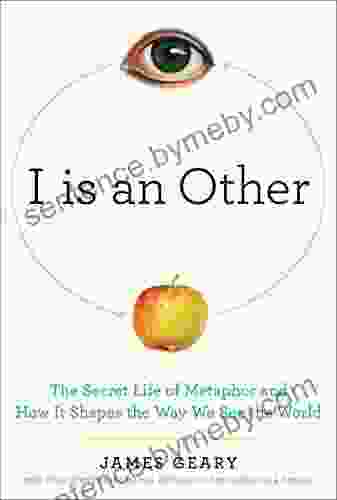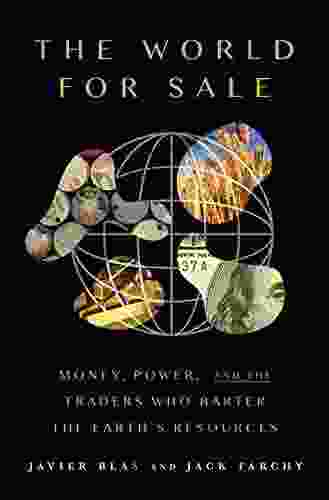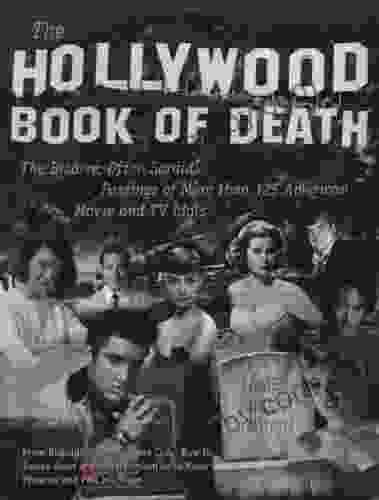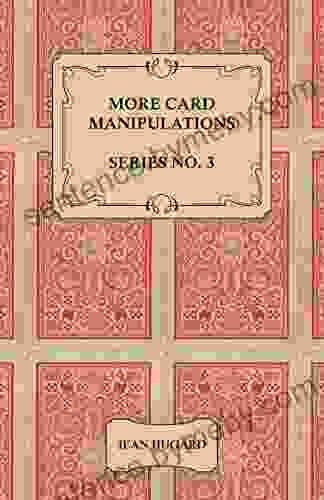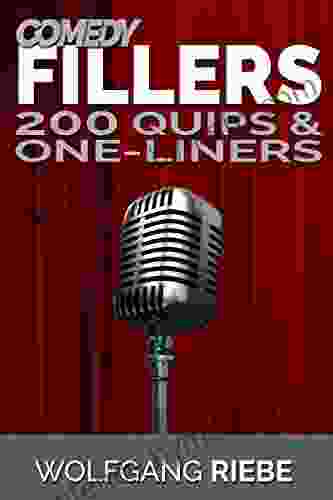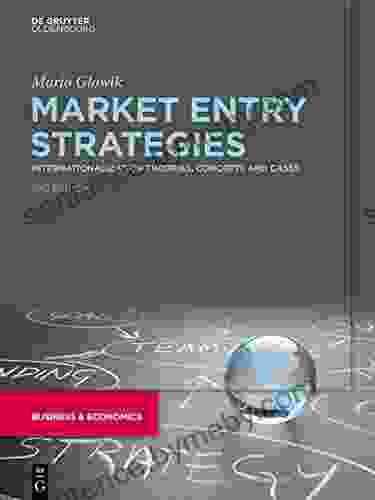: The Enchanted Realm of Metaphor
Metaphors, those enigmatic figures of speech, are not mere linguistic curiosities. They are the invisible threads that weave together the tapestry of our daily lives, subtly influencing the way we perceive, think, and interact with the world around us. They are the poets' secret code, the scientists' hidden equations, and the philosophers' cryptic wisdom.
Metaphors are more than just colorful embellishments; they are cognitive tools that shape our understanding of abstract concepts. By linking the unfamiliar to the familiar, they make the unknown knowable and transform the mundane into the remarkable.
4.4 out of 5
| Language | : | English |
| File size | : | 583 KB |
| Text-to-Speech | : | Enabled |
| Enhanced typesetting | : | Enabled |
| Word Wise | : | Enabled |
| Print length | : | 652 pages |
| Screen Reader | : | Supported |
The Cognitive Power of Metaphor
At the heart of metaphor's power lies its ability to activate multiple neural pathways in our brain. When we encounter a metaphor, it triggers activity in both the literal and figurative domains, creating a rich cognitive landscape. This cross-activation strengthens our understanding and enhances our ability to remember and process information.
Consider the metaphor "Life is a journey." This simple phrase evokes a cascade of associations related to travel, such as obstacles, destinations, and fellow travelers. By mapping these familiar concepts onto the abstract notion of life, we gain a deeper understanding of its complexities and challenges.
Metaphor in Language and Thought
Metaphors are ubiquitous in human language. We use them in everyday conversation, in literary masterpieces, and even in scientific discourse. They provide a shorthand for expressing complex ideas and emotions, allowing us to convey our thoughts with vividness and impact.
Our thinking is also heavily influenced by metaphor. They shape the mental categories we create, the way we make decisions, and the stories we tell about ourselves and others. For example, the metaphor of "time is money" suggests that time is a valuable resource that should be managed wisely.
The Emotional Impact of Metaphor
Metaphors have the power to stir our emotions and evoke strong reactions. They can create empathy, inspire hope, or provoke anger. By tapping into our subconscious associations, they can bypass rational defenses and reach the depths of our being.
The metaphor "Love is a fire" captures the intense passion and transformative power of love. It evokes feelings of warmth, excitement, and the potential for both destruction and rebirth.
Metaphor in Culture and Society
Metaphors are not only individual linguistic devices but also cultural artifacts that reflect shared values, beliefs, and experiences. They shape the way we perceive our world and interact with our society.
For example, the American Dream metaphor embodies the ideals of opportunity, success, and upward mobility. It influences how we think about our work, our relationships, and our place in the world.
The Ethical Dimensions of Metaphor
Metaphors can also have ethical implications. They can perpetuate harmful stereotypes, reinforce social inequalities, or justify violence. It is crucial to be aware of the potential biases and power dynamics embedded in metaphors.
The metaphor of "women as commodities" objectifies women and reduces their value to their physical appearance. Such metaphors can contribute to a culture of objectification and violence against women.
: Embracing the Power of Metaphor
Metaphors are not just linguistic ornaments; they are powerful tools that shape our thoughts, feelings, and actions. By understanding their cognitive, emotional, and cultural significance, we can harness their potential to enhance our understanding of the world and promote positive change.
As we navigate the complexities of modern life, let us embrace the secret life of metaphor. May it illuminate our path, foster empathy, and inspire us to create a more just and compassionate world.



